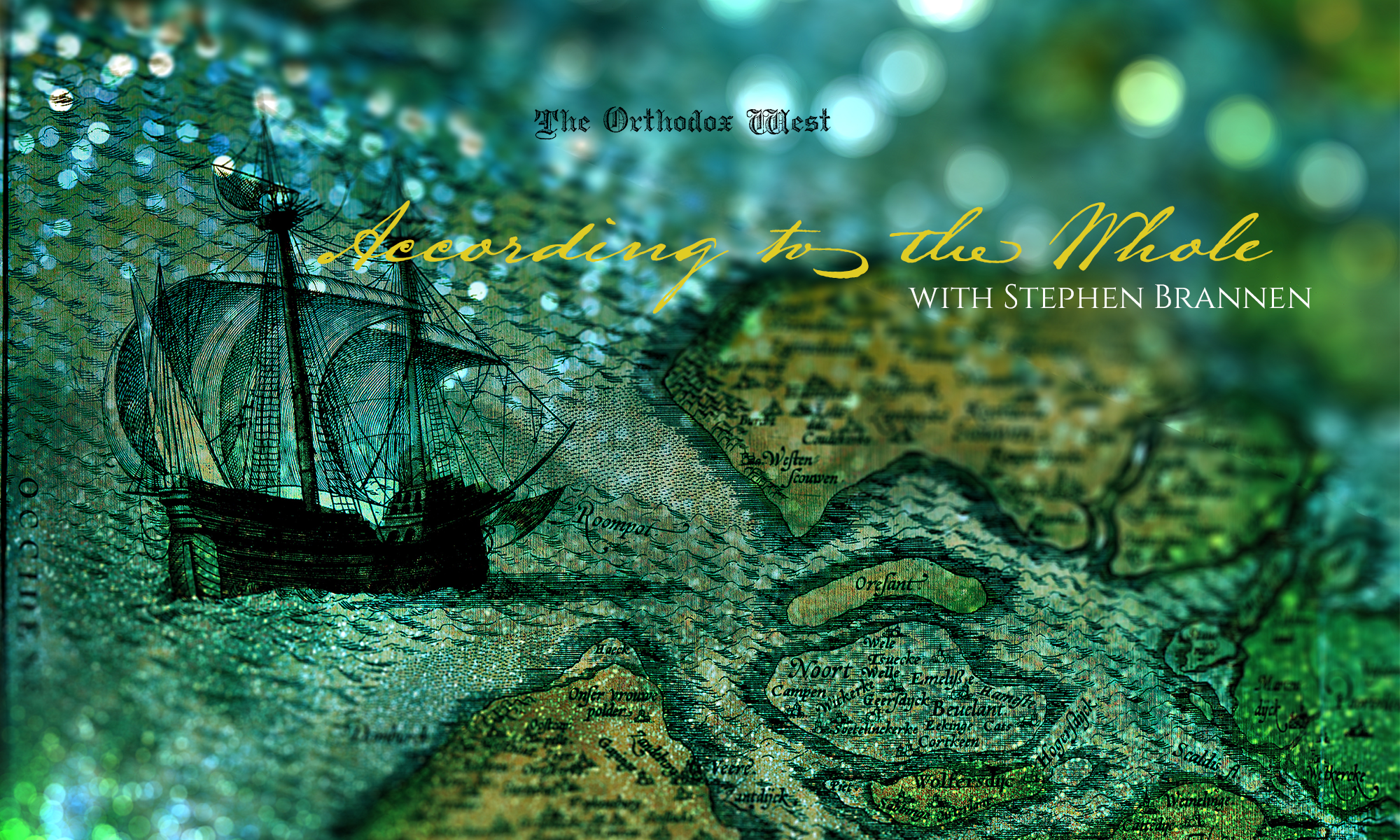I’ve been fascinated for a while now with a particular artistic motif which depicts King David, ruler of ancient Israel and credited author of many of the Psalms, in the rapturous throes of composing. Many images of David with his harp/lyre can be found dating right back through the early middle ages, but many of these are also of a somewhat static, poised David. As art became more expressive of emotion in the Renaissance and beyond, the figure of David became more dramatic. And David, as an artistic figure, is particularly suited for drama.
His life story is so compelling in its dramatic twists and turns—from shepherd boy to anointed king, court favorite to public enemy #1, adulterer and murderer to penitent and “a man after God’s own heart.” But it’s not so much the outer drama of David’s life that I find so interesting, at least not in the art depicting him. It’s the inner drama of David’s spirit—the drama these images attempt to portray—that I’m captivated by. Because how do you portray inner mystical experience, epiphany, the reception of revelation? By showing the process of musical and poetic composition (usually a physically still activity) as dynamic, active, kinetic.
Look, for example, at this drawing of David. The banner above reads “Ad te levavi animam meam,” or “Unto thee lift I up my soul,” the opening words of Ps. 25. We’re to understand David is here composing this Psalm, but he’s not passively sitting. He’s full of exertion and energy, his legs bent as if lifting the weight of his soul (clearly a not insignificant burden) upward.

Compare that to these medieval manuscript illuminations of a much more composed composer:


There’s nothing wrong with depicting David in this more dignified way. He was a king, after all (and typologically represents Christ, the King of kings!), so stately nobility would be proper to his station. But during composition, as the human David who shared our sinful state, when the music of the spheres is throbbing through his soul and condensing like dew drops on his consciousness, running together drop by drop to form a miraculous melody; is it creation or revelation? Is it both, a paradoxical partnering of his work and God’s? It’s enough to have him turned almost in two directions while it’s happening, like he’s depicted here, his feet planted earthward, his hands and face heavenward, twisting in self-forgetfulness:

Then there’s David the Prophet, whose Psalms were recognized again and again to point to the Messiah by Christians who discovered Jesus, born in David’s city, to be that promised one. How do you show the burden of prophetic utterance, especially when so many of those utterances were of pain and turmoil, longing and waiting, distress and anxiety?


The scenery of visions in those images betoken a participation in heavenly sight, a dwelling of soul and mind in the heavenly atmosphere, even if the body remains terrestrial. But even the body, in these artistic renderings of the heavenly sojourn of psalmic composition, can reveal that atmosphere’s effects. The “mighty rushing wind” of the Holy Spirit’s activity blows David’s regal robes backward as he leans in to meet it. It reminds me of C.S. Lewis’ language in Perelandra about the great angelic archons of Mars and Venus taking human form to meet the protagonist: “Whenever he looked straight at them they appeared to be rushing towards him with enormous speed: whenever his eyes took in their surroundings he realised that they were stationary. … This planet which inevitably seemed to him while he was in it an unmoving world — the world, in fact — was to them a thing moving through the heavens. In relation to their own celestial frame of reference they were rushing forward to keep abreast of [it].”



And even this image, belonging more to the realm of realism and eschewing the figurative elements of the other images, yet retains purely in David’s expression the wild adventure of pain and prophecy, rapture and revelation — the agony and the ecstasy, to use Irving Stone’s words:

I think I’m so drawn to these images because I can relate to them in just the slightest ways. I’ve tasted the thrill of musical and poetic composition and the feeling of being carried away almost by the process of it, as if the cosmos, or the angels, are bearing you up to pick fruits that ought to have been beyond your grasp. I’ve also experienced, by grace and not merit, the mystical presence of God and the divine assurance of his goodness. And I possibly have experienced both of those things simultaneously … to a meager degree. So to contemplate King David the Great, archetype of the inspired composer, in the midst of that experience, while looking at it depicted in such compelling ways, is for me an opportunity to give thanks that God can work in us that way. To be an instrument in the hand of God—what a beautiful gift.

